Uncategorized
-
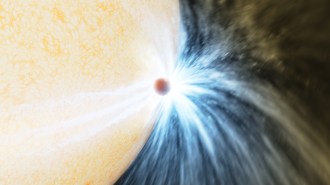 Astronomy
AstronomyFor the first time, astrophysicists have caught a star eating a planet
A burst of light and a cloud of dust are signs that a star 12,000 light-years away swallowed a planet up to 10 times the mass of Jupiter.
-
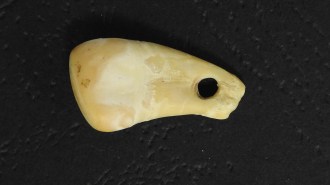 Archaeology
ArchaeologyAncient human DNA was extracted from a 20,000-year-old deer tooth pendant
Insights into Stone Age people’s lives may soon come from a new, nondestructive DNA extraction method.
By Bruce Bower -
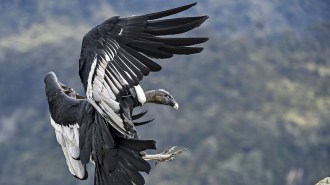 Animals
AnimalsA 2,200-year-old poop time capsule reveals secrets of the Andean condor
Guano that has accumulated in a cliffside Andean condor nest for 2,200 years reveals how the now-vulnerable birds responded to a changing environment.
By Jake Buehler -
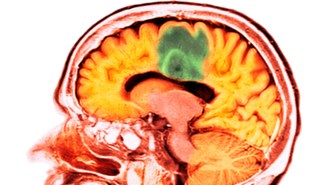 Health & Medicine
Health & MedicineUltrasound allows a chemotherapy drug to enter the human brain
An early-stage clinical trial demonstrates a technique for getting a powerful chemotherapy drug past the usually impenetrable blood-brain barrier.
-
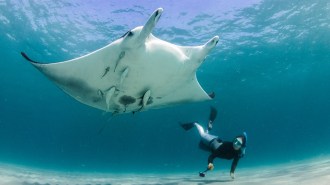 Animals
AnimalsThis marine biologist is on a mission to save endangered rays
Jessica Pate and the Florida Manta Project confirm that endangered mantas are mating and sicklefin devils are migrating along the East Coast.
-
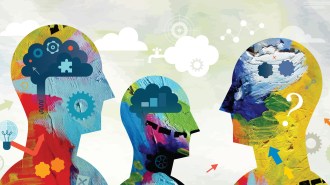 Neuroscience
NeuroscienceNeuroscientists decoded people’s thoughts using brain scans
The finding may lead to better communication aids for people who can’t communicate easily. It also raises privacy concerns.
-
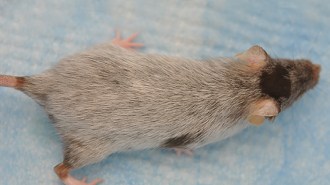 Health & Medicine
Health & MedicineMouse hair turns gray when certain stem cells get stuck
Stem cells involved in giving hair its color must keep moving and changing maturity levels to prevent graying, a mouse study suggests.
-

The animal kingdom never ceases to amaze
Editor in chief Nancy Shute revels in the wonder of animals, from psychedelic toads to extinct pterosaurs.
By Nancy Shute -
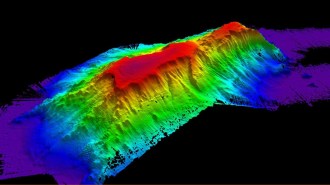 Oceans
OceansSatellite data reveal nearly 20,000 previously unknown deep-sea mountains
By looking for tiny bumps in sea level caused by the gravity of subsurface mountains, researchers have roughly doubled the number of known seamounts.
-

-
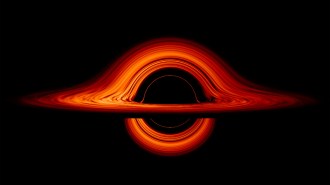 Physics
PhysicsBlack holes resolve paradoxes by destroying quantum states
A classic quantum experiment done near a black hole would create a paradox, physicists report. But not if the black hole collapses quantum states.
-
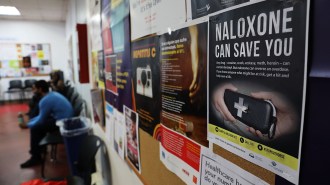 Health & Medicine
Health & MedicineFentanyl deaths have spiked among U.S. children and teens
Wider access to naloxone, which reverses the deadly effect of fentanyl, is key as more children are exposed to the opioid, experts say.